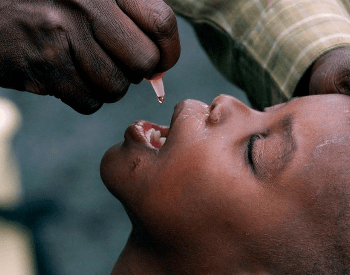
This web page contains vaccine facts for kids and is an excellent resource for anyone of any age looking to learn about vaccinations. Our goal is to provide you with accurate, up to date facts about vaccines. In addition to facts about vaccines, we provide additional resources to help you with your research on vaccines and immunizations.
The vaccine facts below will help you learn about vaccines, who invented the first vaccine, if vaccines are safe, if vaccines cause autism, what diseases have an available vaccine and other vaccine related facts. We hope these vaccine facts are interesting and help you learn more about these life saving medical advancements.
If any of the below vaccine facts are inaccurate, please contact us and let us know.
17 Vaccine Facts for Kids
- A vaccine is given to a human or animal to activate immunity to a specific disease.
- A vaccine will teach the immune system to identify a specific disease, destroy that specific disease and remember that specific disease for future defense against it.
- Vaccination is the administration of a vaccine to a human or animal.
- A vaccine can be administered (given) by a shot, orally (via the mouth) or inhalation (via the nose).
- The first vaccine created was for the smallpox virus in 1796, by English physician Edward Jenner.
- The World Health Organization (WHO) estimates that vaccines help prevent over 2.5 million deaths every year.
- During the 19th century, vaccines were created for bubonic plague, cholera, rabies, tetanus and typhoid fever.
- During the 20th century, 27 vaccines were created. Some of the notable vaccines were for hepatitis A, hepatitis B, influenza (the flu), measles, mumps, pneumonia (Streptococcus pneumoniae) and tuberculosis.
- As of 2019, there have been six vaccines, and they are for the human papillomavirus (HPV), hepatitis E, enterovirus 71, malaria, dengue fever and Ebola.
- The influenza (the flu) vaccine is an annual vaccine that the Centers for Disease Control (CDC) recommends for everyone that is six months or older. It protects against the strains of influenza expected to appear during the annual flu season. Due to the rapid mutations of the influenza virus, vaccination is required annually.
- The smallpox vaccination resulted in the eradication of the smallpox virus. The World Health Organization (WHO) reported the last naturally occurring smallpox case was in October 1997 and officially declared the disease eradicated worldwide in 1980.
- The polio vaccination has virtually eliminated polio virus infections. However, it’s not yet eradicated and appears in countries with low vaccination rates and poor healthcare systems.
- Herd immunity is the concept that if most of the population is vaccinated from a specific disease that the minority of the population that isn’t vaccinated is less likely to be infected, since the disease has less hosts to spread among the total population.
- A common myth is vaccines can cause autism in children. Extensive testing and research have proven there is no link between autism and vaccines.
- A common myth is vaccines don’t need to be administered at a young age. The diseases that vaccines help prevent can be far more dangerous in very young children. The sooner a child can be safely vaccinated the better.
- A common myth is vaccines give you the disease they prevent. No vaccines have an active virus, they mimic the virus to stimulate your immune system and teach it to build antibodies to fight the disease.
- A common myth is vaccines has never been proven effective. Research has proven that a child has between 95 and 100 percent chance of a vaccine being effective. The best evidence to prove how effective vaccines are is the plummeting reported cases of the diseases after the start of the vaccination program.
Vaccine Pictures



Additional Resources with Vaccine Facts
- Vaccines and Immunizations – Explore the Centers for Disease Control and Prevention (CDC) website to learn more about vaccines.
- Vaccines – Learn more about vaccines on the World Health Organization (WHO) website.
- Approved Vaccines in the United States – View the list of approved vaccines for use in the United States on the FDA website.
